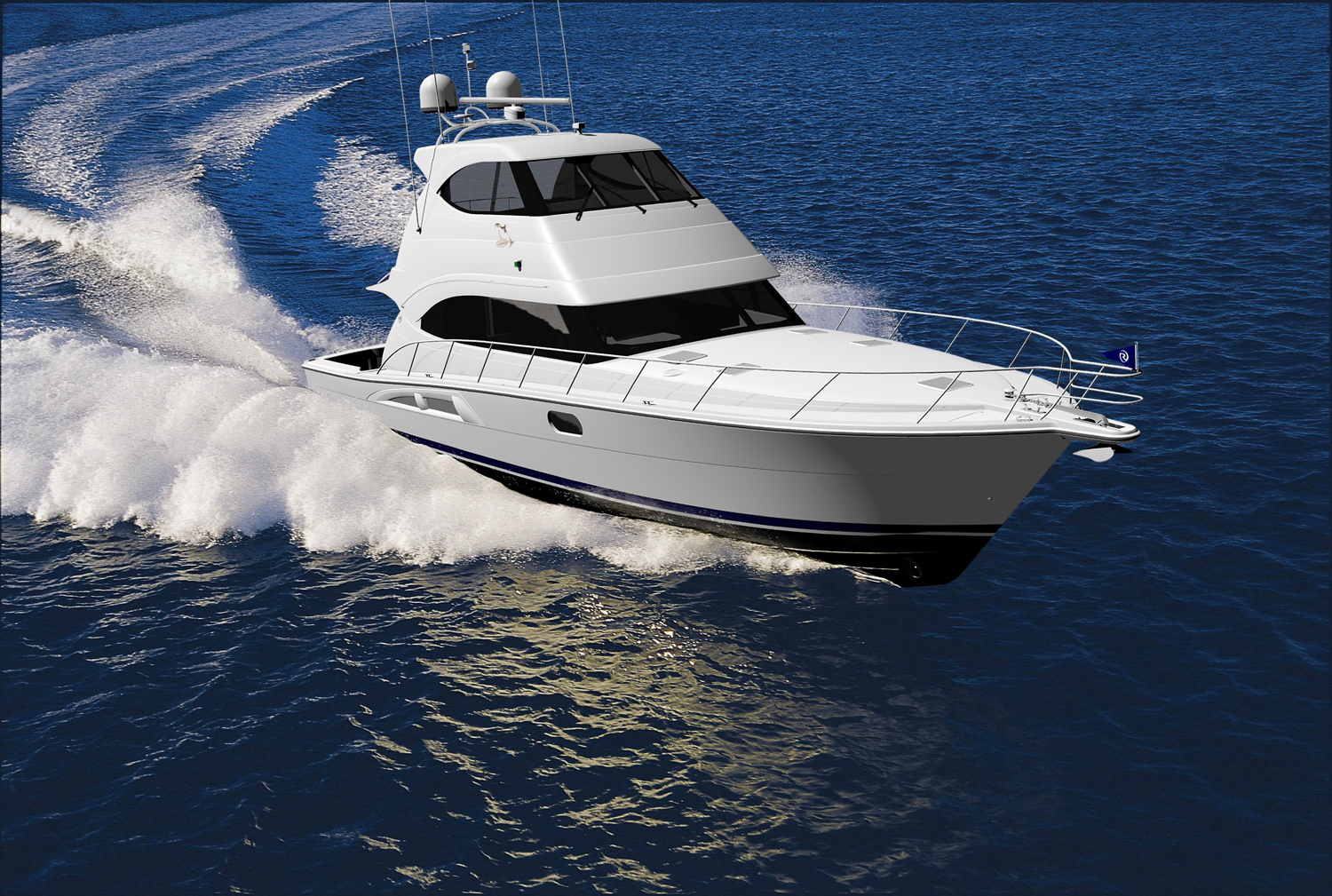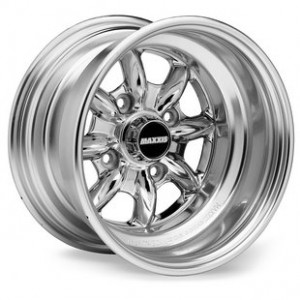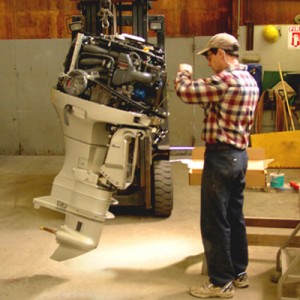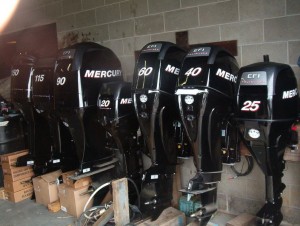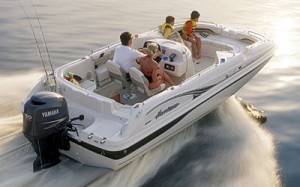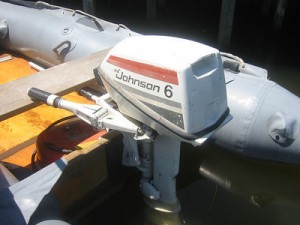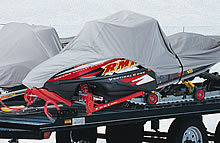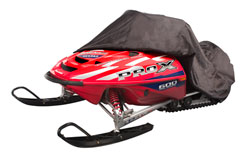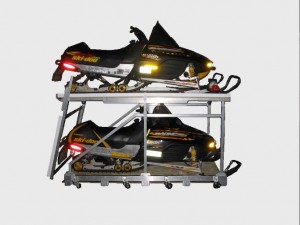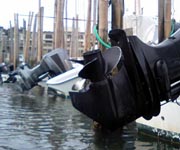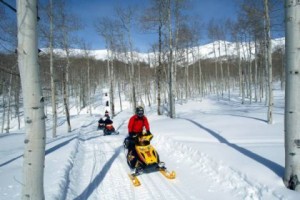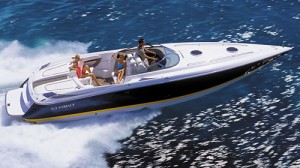Gauging Your Spark Plugs: Part One
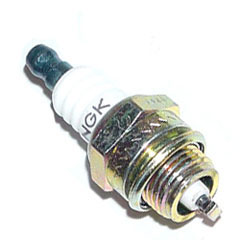 Routinely changing your vehicle’s filters, Evinrude XD 100 oil and other essential lubricants is essential to maintaining peak performance and ensuring longevity. Another crucial component to keep tabs on is the spark plugs, but few people know how to change them or tell when the old ones are shot. Here is a quick guide for evaluating the condition of your spark plugs.
Routinely changing your vehicle’s filters, Evinrude XD 100 oil and other essential lubricants is essential to maintaining peak performance and ensuring longevity. Another crucial component to keep tabs on is the spark plugs, but few people know how to change them or tell when the old ones are shot. Here is a quick guide for evaluating the condition of your spark plugs.
When examining spark plugs, you will want to look at the insulator color, which is an indication of how much wear and tear has been inflicted. The insulator will be grey or light brown if the spark plug is operating properly. If the insulator has buildup, it is a sign that it is dry, which can be caused by an improper air to fuel ratio and problems with the ignition system. Next week we will overview some of the other problems that could be plaguing your spark plugs.


